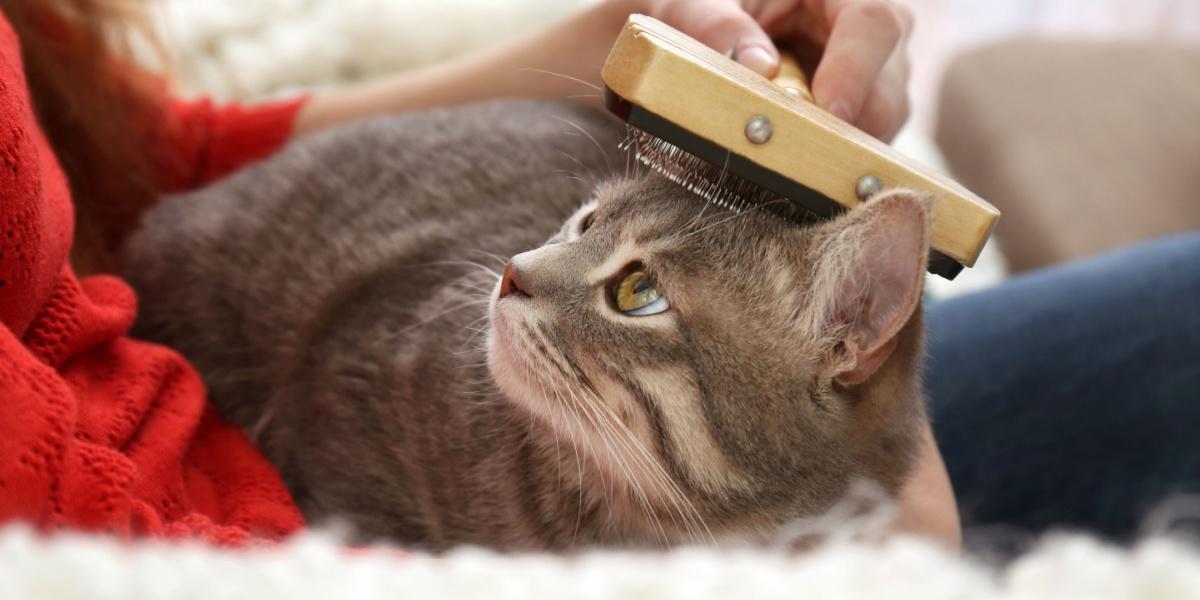
Cats often take care of their grooming themselves as they are very meticulous and hygienic animals. However, it is still good practice to brush your cat regularly especially if they have medium or long hair.
Quick Overview
All cats need regular brushing, and some breeds require it more frequently than others.
Regular brushing your cat keep the coat shiny, clean, and tangle free, and prevents mats from forming.
Long-haired cat breeds require more frequent brushing, with special attention paid to their chest, armpits, and backs of their legs.
This is especially important in the shedding season or if your cat isn’t able to groom themselves well due to illness, lack of flexibility, or issues caused by arthritis.
Why Do Cats Need Brushing?
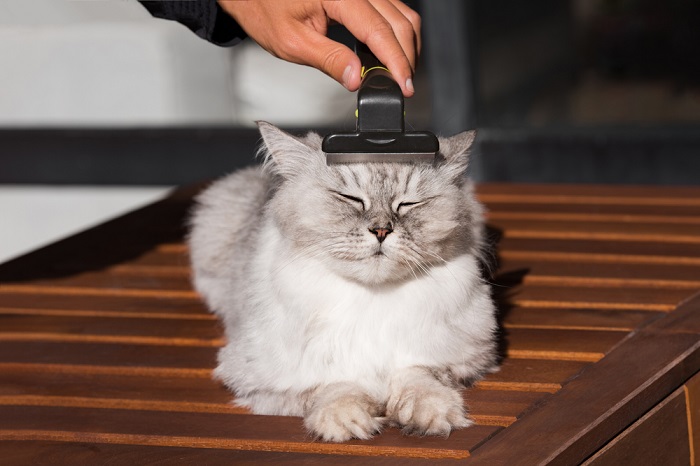
Brushing is a necessary part of your cat’s care, and many cats come to love it.
Brushing your cat offers a number of benefits. First and foremost, brushing can be used as a way to bond with your cat and give them some attention, especially if pair it with treats while you get them used to it. A nice brush can feel really good for cats, so many cats enjoy a grooming session with you.
Brushing also allows you to check your cat for any fleas, flea dirt, skin diseases, or lumps and bumps on the body. If you do notice anything wrong, it’s worth seeking advice from your veterinarian, who can offer the correct treatment for fleas or advise you on what to do about any skin lesions. Use a flea comb if you want to be extra vigilant for fleas.
Regular grooming also keeps your cat’s coat nice and shiny, tangle free, and prevents fur mats from building up. Brushing dissipates natural oils throughout the skin and coat, which in turn keeps the hair and skin healthy.
If your cat is an outdoor cat, brushing them will get rid of dirt and outdoor debris like burrs, twigs, and leaves. A cat’s fur can pick up a lot of your garden and bring it inside!
As mentioned before, older cats are more likely to suffer from arthritis, which affects their mobility and ability to bend around and groom their bodies. These older cats need more frequent grooming by their owners to make up for their inability.
Also Read: 11 Best Cat Brushes & Deshedding Tools For Long & Short Haired Cats
How Often Should I Brush My Cat?
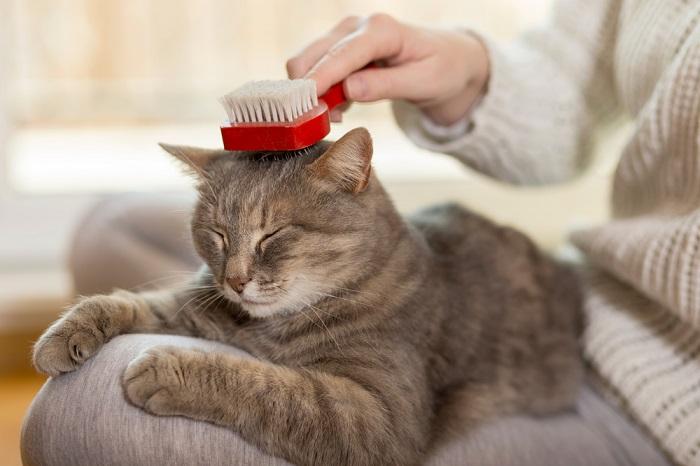
Cats with short hair need brushing once or twice a week, though you can brush them more if you both enjoy it.
Long-haired cats ideally need to be brushed once daily as their fur is a lot more prone to matting and shedding excessively. Grooming for medium-haired and short-haired cats doesn’t need to be as laborious—once or twice weekly should suffice.
Which Breeds Need To Be Brushed More Frequently?

The shorter the hair, the less likely it is to mat and tangle, so you can brush less often.
A few cat breeds need daily grooming due to their naturally long hair. A few examples are the Birman, Persian, and Himalayan. It’s worth making the effort and setting aside time for daily brushing to reduce the amount of hair they shed and save your cat from nasty mats and tangles later down the line.
Medium-haired cat breeds still need regular brushing, but not as frequently as their long-haired counterparts (about once weekly rather than daily). This includes breeds such as the Ragdoll, Maine Coon, and Ragamuffin.
Also Read: Best Cat Grooming And Deshedding Gloves
What Else To Check When Grooming Your Cat
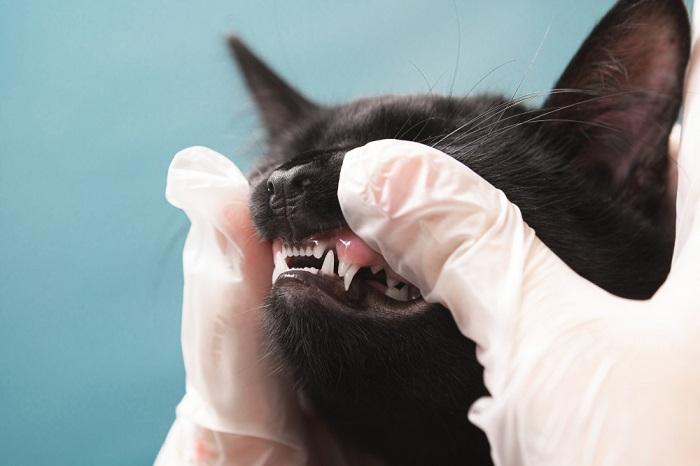
While grooming, lift your cat’s lips and look at their teeth or gums, noting if anything seems amiss.
As mentioned before, you can use these hands-on sessions to check your cat’s skin, make sure your cat’s claws aren’t too long, and have a look at your cat’s teeth and gums. If you notice bad breath or plaque buildup, your cat might have dental disease. Good dental care is very important, especially for older cats, so use the opportunity to give them a good once over.
Also Read: The Complete Guide To Dental Cleaning For Cats
What Happens if You Don’t Brush Your Cat?
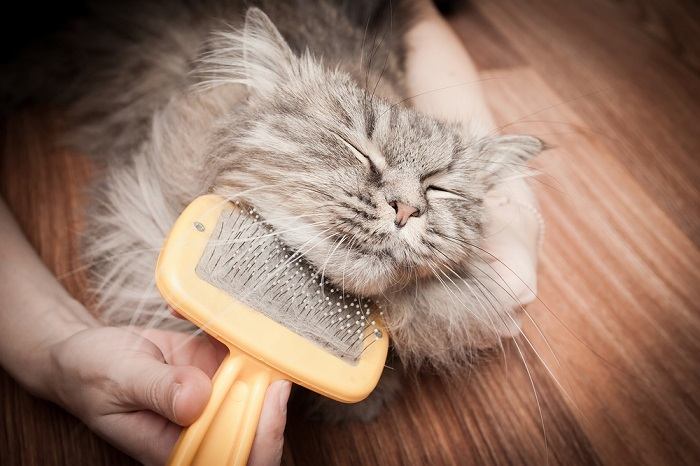
Regular brushing prevents tangles and mats, which can be uncomfortable and even painful for your cat.
When cats groom themselves, they pick up loose hairs with their tongues and eventually swallow them. The hair forms hairballs in the stomach, which often get regurgitated up.
If cats don’t get brushed or if they’re struggling to groom themselves properly, they might develop an excessive buildup of swallowed hair in their gut. In very severe cases, a cat’s intestines can become completely blocked which is fatal without urgent veterinary attention.
When cats (especially long-haired cats) are left without any grooming for weeks, serious tangles can form, which can turn into mats. Badly matted fur can be very difficult to comb out and might require a professional groomer to de-mat your cat.
Also Read: Best Pet Hair Removers For Cats & Dogs
How To Brush Your Cat Properly
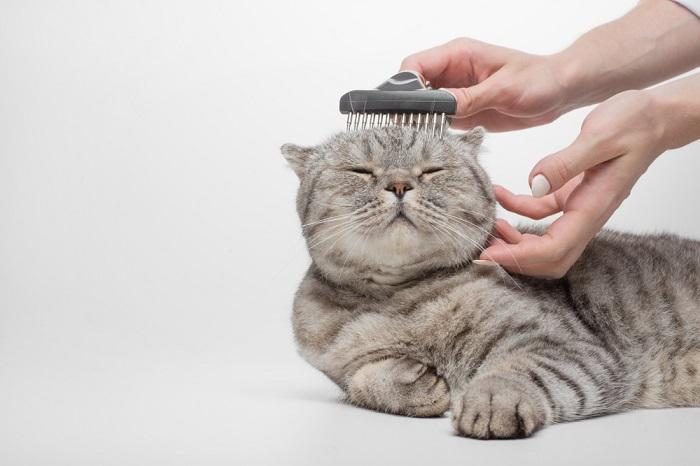
Always brush in the same direction the hair is growing—brushing against hair growth is not pleasant for cats.
A very soft brush or a plain wide-toothed comb is recommended for cats as they have much thinner and more sensitive skin than dogs. Try out the brush on your arm first and make sure it’s comfortable and not too scratchy before you use it on your cat. A brush that’s too harsh might cause skin irritation.
Get your cat used to grooming from when they’re a young kitten so it becomes an enjoyable thing to do together. You can give them tasty treats and rewards to encourage them to like brushing while keeping the sessions short and frequent.
Use gentle strokes all over their body in the direction of the hair, and pay special attention to behind your cat’s ears, chest, belly, armpit area, and backs of legs. These are where tangles and knots are more likely to form.
For long-haired cats, it is a good idea to use a wide-toothed comb to gently detangle any knots. If your cat starts to become tense, swish their tail, or begins hissing, stop the grooming session immediately and try again later when your cat is calmer.
Also Read: How To Reduce Cat Shedding In 9 Simple Steps
Cat Brushing: Final Thoughts
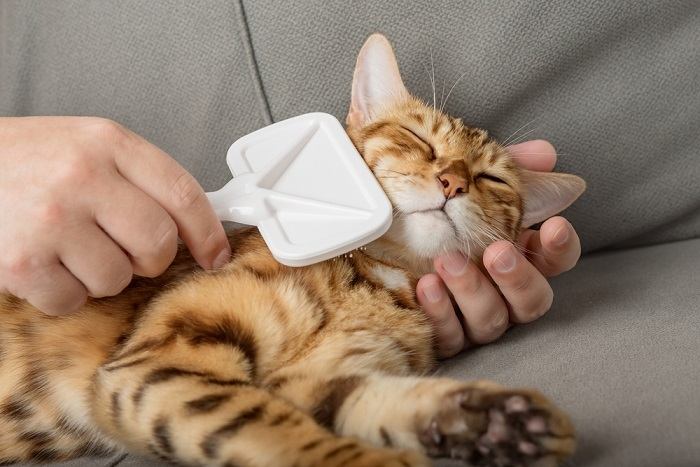
When properly introduced, brushing sessions are enjoyable for most cats.
Make sure to know what type of coat your own cat has so you know how often to groom them. Keep brushing sessions short and frequent, and use them to improve your bond with your cat by giving them lots of attention and treats.
Also Read: Best Robot Vacuum Cleaners For Pet Hair
Frequently Asked Questions
Should you brush your cat every day?
If your cat is a long-haired breed such as a Persian, then it is recommended to brush them every day to avoid excessive shedding and mats forming.
Do cats feel better after brushing?
Lots of cats enjoy being brushed and certainly if their fur is all tangled they will feel better afterward for it.
How long should I spend brushing my cat?
Brushing sessions shouldn't be too long as your cat might get bored or start to resent them. Start off with short five-minute sessions and then you can gradually build them up to 10 to 15 minutes.
 Fact checked by
Fact checked by


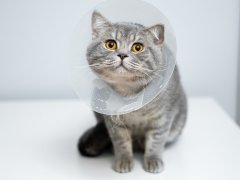

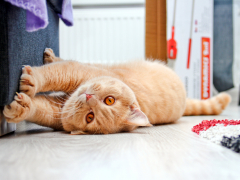



My cat gas learned t LOVE being brushed We started with a routine at night, When I go to bed and pull down the covers, Maggie jumps o the bed and I brush her for about 10 minutes. she LOVES it. Then she gets a treat before bed.
NOW every time I walk into the bedroom she jumps on the bed and wants to be brushed! ha!
If the bed is unmade, she likes to be brushed on the upper right side of the bed so she can paw the wall……. It has become quite a fun time for both of us and I just laughed when she goes in there every time I walk in.
She was a rescue cat and had been abused. I have had her for 4 years now and she is “starting” to lay next to me. when I first adopted her she would not even get close to my hands. I feel brushing has brought her to trust more. Highly recommend it
The oy cats I don’t recommend this for is cats suffering from diabetic neuropathy, as brushing can be painful for them. Talk to your vet.
Good point! Thank you for mentioning that.